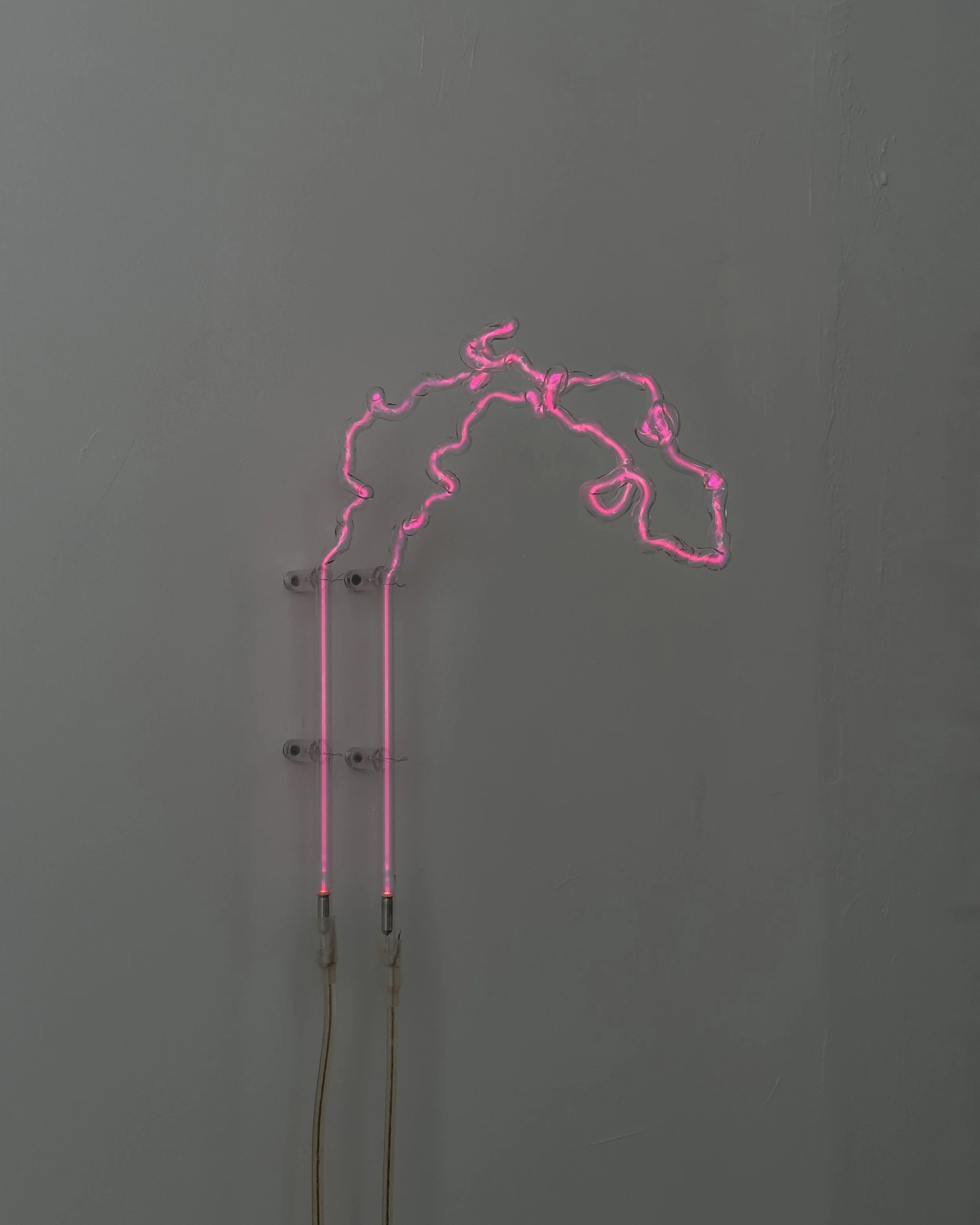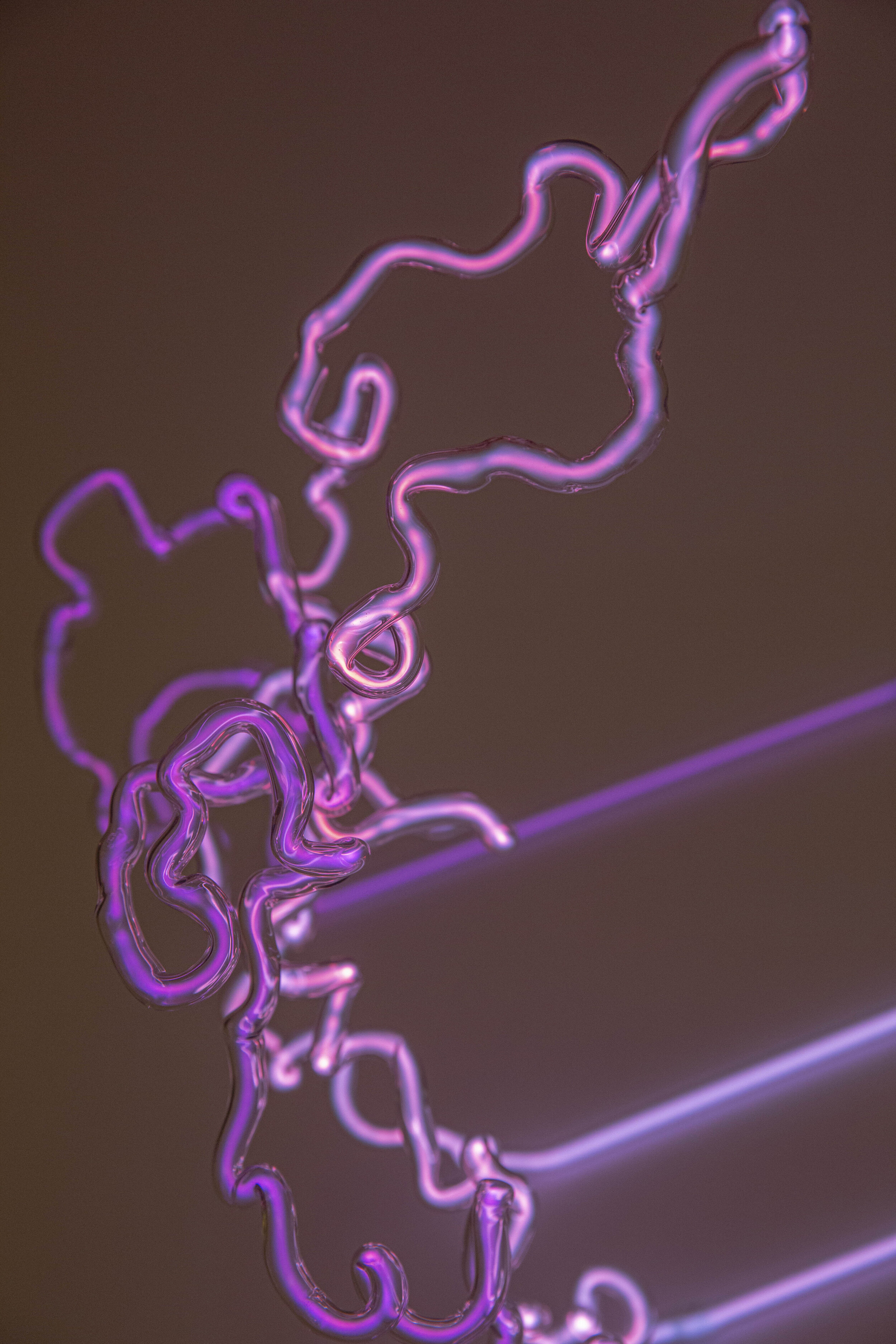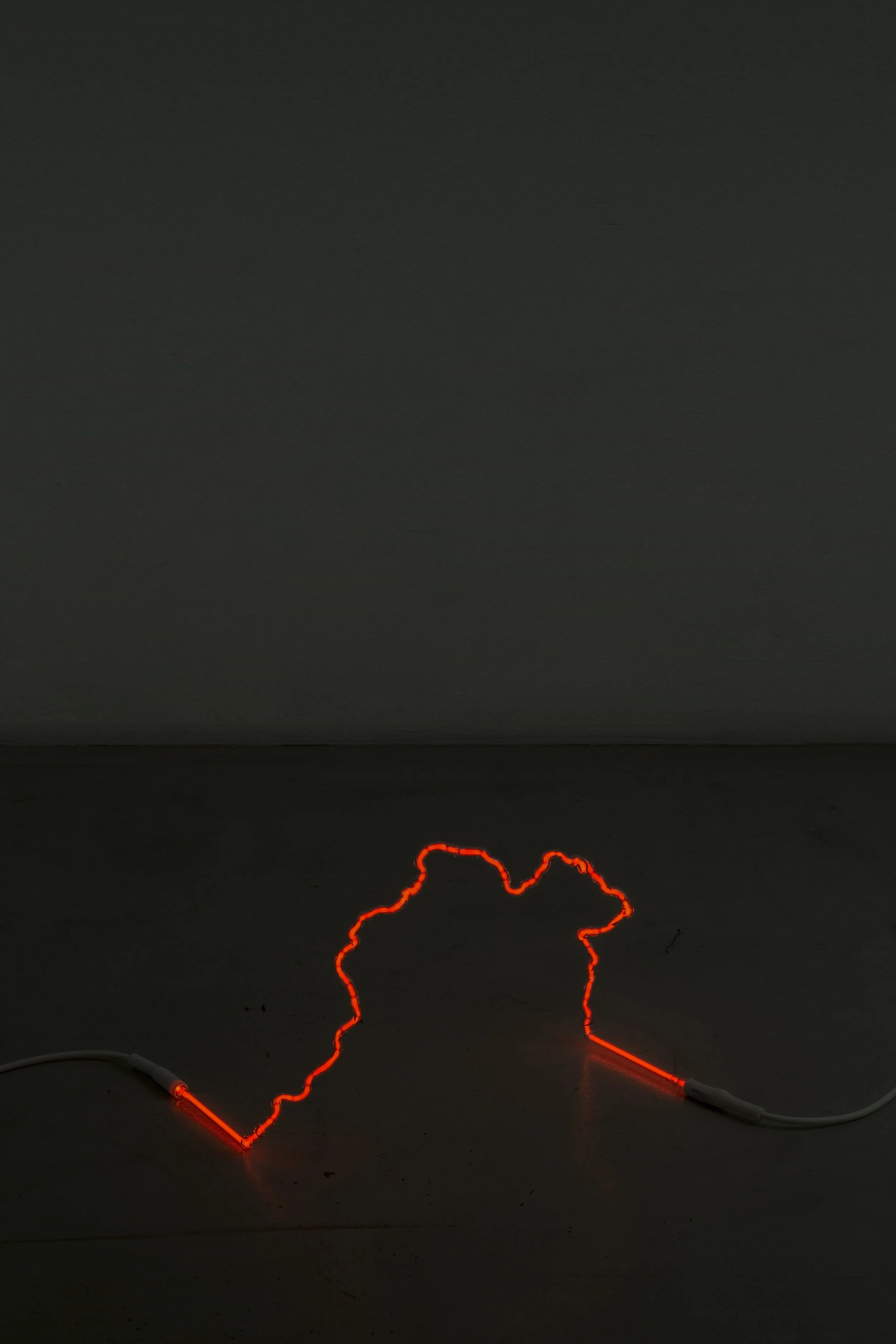
To Have/ To Not Have
Dubai 37X, United Arab Emirates
2023
In the nuanced dance between existence and non-being, the pairing of 有 (yǒu - to have) and 無 (wú - to not have) transcends the mere expression of possession and absence. Rooted in the profound philosophy of 有無相生, these characters embody a dynamic interplay where things emerge from nothing, and something gives rise to nothing. This ancient concept, deeply ingrained in Chinese philosophical thought, delves into the intricate relationship between existence and non-being, akin to the ebb and flow of Yin and Yang.
有, denoting the act of having, extends beyond possession; it signifies abundance, bigness, and the expansive nature of creation. It mirrors the philosophy that all things, whether tangible or intangible, emerge from a state of potentiality or nothingness. In this perspective, 有 is the seed from which the vast garden of existence sprouts forth.
Conversely, 無, the essence of not having, represents the void, the smallness, and the potential for transformation. It echoes the profound truth that from absence, from the void, new possibilities can arise. Much like the small watermelon seed that burgeons into a sizable fruit, 無 is the fertile ground from which 有 emerges in a perpetual cycle of creation and transformation.
As Laozi eloquently expressed in the Tao Te Ching: "道生一,一生 二,二生三,三生万物," this cyclical pattern aligns with the ancient
wisdom that the Dao gives birth to the One, the One gives birth to the Two, the Two gives birth to the Three, and the Three gives birth to the myriad things. In the context of 有 and 無, this echoes the eternal dance between presence and absence, creation and dissolution, where the seed of existence emerges from the primordial void, embodying the essence of the Tao.













